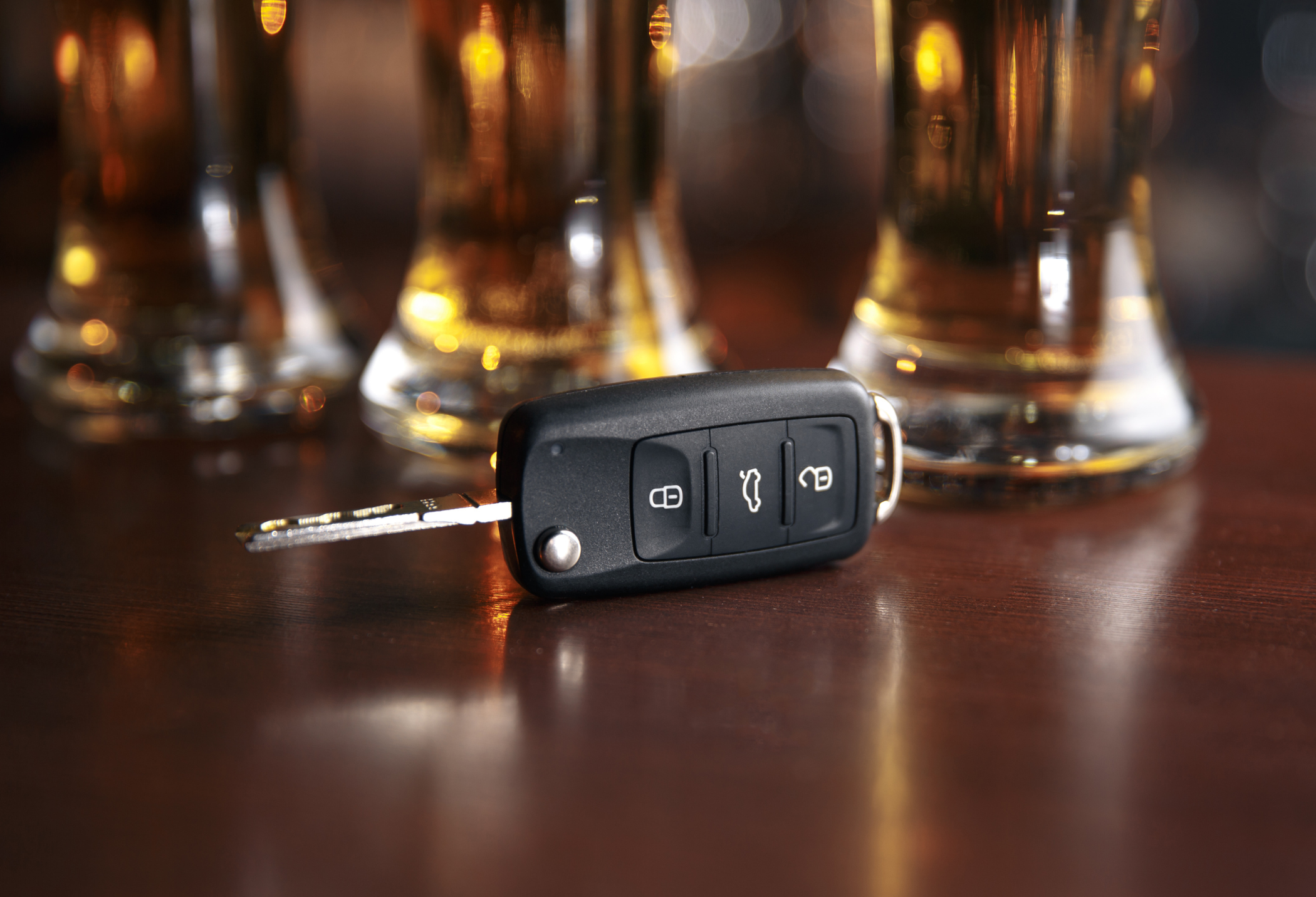
When Does Vehicular Manslaughter Turn into Vehicular Homicide in the State of Ohio?
October 29, 2024
Under Ohio law, a person can commit the offense of vehicular manslaughter, vehicular homicide, or aggravated vehicular homicide when they cause someone’s death or terminate another person’s pregnancy while operating a motor vehicle, locomotive, watercraft, or aircraft and causing an accident. The specific offense a person may face will depend on the circumstances surrounding the accident and the victim’s death.
When charges for a traffic, watercraft, or aviation-related death increase from vehicular manslaughter to vehicular homicide or aggravated vehicular homicide, the potential penalties a defendant faces will also substantially increase. As a result, understanding vehicular manslaughter and homicide charges in Ohio can help you evaluate your legal rights and options.
Defining Vehicular Manslaughter
An individual commits the crime of vehicular manslaughter in Ohio when they cause someone else’s death or the unlawful termination of a pregnancy during a motor vehicle, watercraft, train, or aviation accident that proximately results from the individual’s violation of traffic, watercraft, or aviation laws that constitutes a minor misdemeanor or municipal ordinance violation. Vehicular manslaughter constitutes a second-degree or first-degree misdemeanor, depending on whether the offender had a valid license or a prior traffic-related homicide offense.
Defining Vehicular Homicide
An individual’s offense increases to the offense of vehicular homicide when they cause another person’s death or the unlawful termination of a pregnancy during a motor vehicle, watercraft, train, or aviation accident that occurs due to the individual’s negligence or as the proximate result of a speeding offense in a construction zone. Vehicular homicide can constitute a first-degree misdemeanor or a fourth-degree felony, depending on the circumstances of the offense, with a fourth-degree conviction also carrying a mandatory jail or prison term in some cases.
Finally, vehicular homicide becomes aggravated vehicular homicide when an offense occurs due to an individual’s recklessness or violation of DUI or unsafe operation of aircraft laws. Aggravated vehicular homicide constitutes a third-degree, second-degree, or first-degree felony, depending on the circumstances of the case, which may carry mandatory minimum sentences.
Differences Between Vehicular Manslaughter and Vehicular Homicide
One of the primary differences between the crimes of vehicular manslaughter and vehicular homicide involves the offender’s negligence or recklessness, or the lack thereof. Vehicular homicide or aggravated vehicular homicide typically requires an offender to have operated a vehicle, watercraft, locomotive, or aircraft negligently or recklessly. Conversely, a person can commit vehicular manslaughter when an accident occurs as a proximate result of an offender’s violations of traffic, watercraft, or aircraft laws or regulations.
However, vehicular manslaughter can turn into vehicular homicide or aggravated vehicular homicide when an accident occurs as a proximate result of an offender’s violation of specific traffic or aviation laws, including speeding in a construction zone, DUI, or unsafe operation of an aircraft.
Contact a Homicide Defense Lawyer Today
If you face charges of vehicular manslaughter, vehicular homicide, or aggravated vehicular homicide in Ohio, you need strong and supportive legal counsel to fight the charges. Contact DiCaudo, Pitchford & Yoder today for a free, confidential consultation with our experienced legal team to discuss your options for pursuing a favorable resolution to your charges.